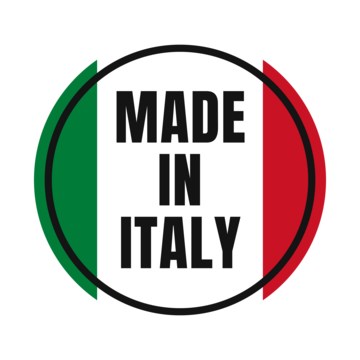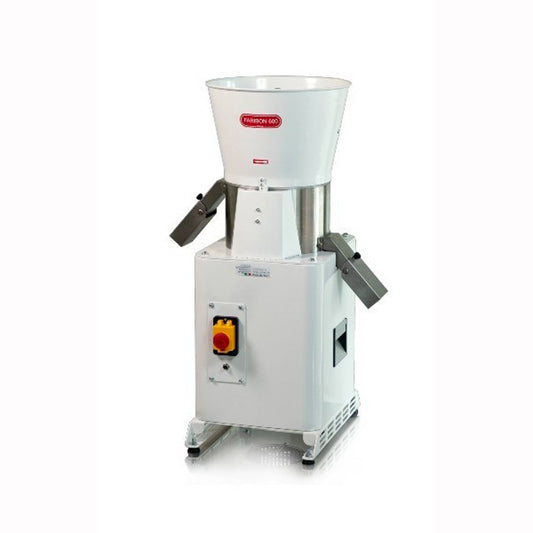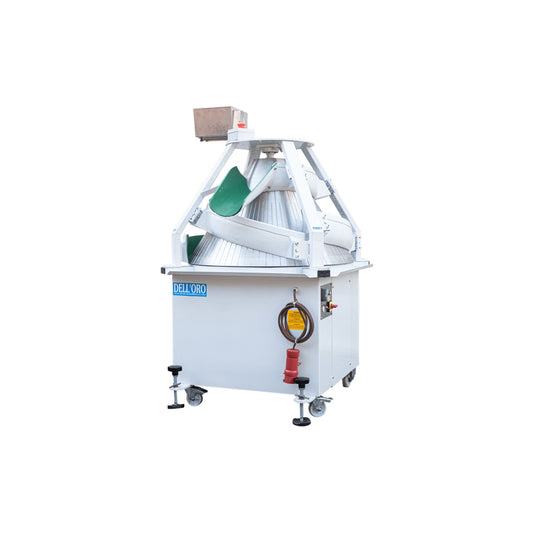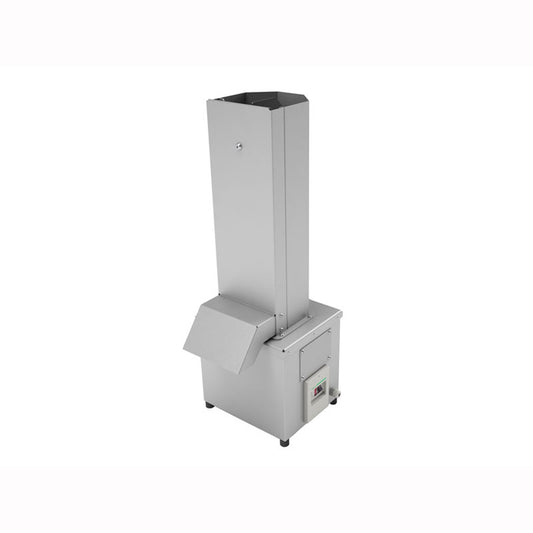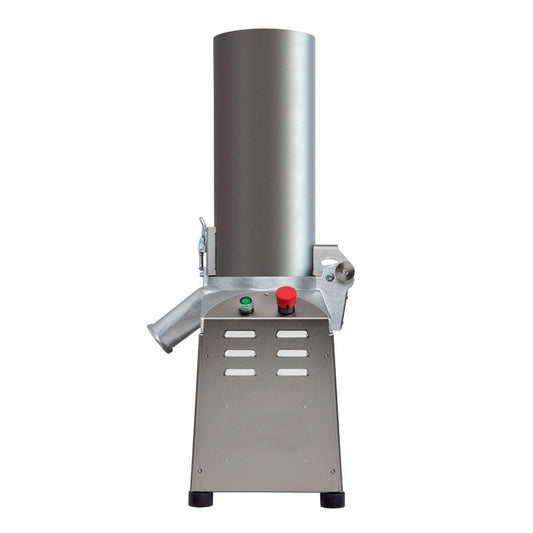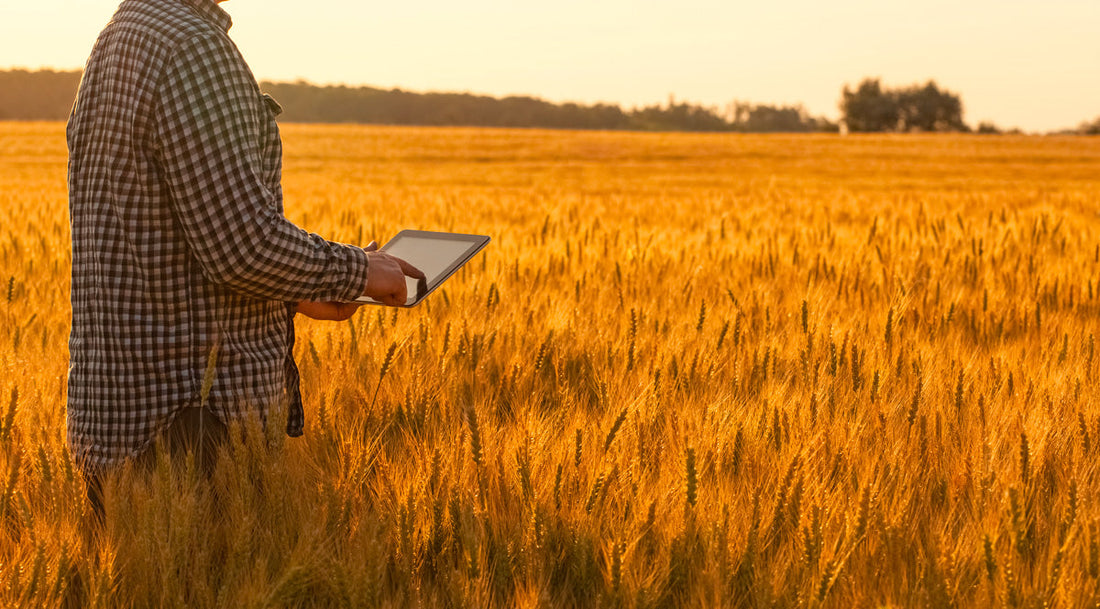
Baking Trends in 2025: Between Tradition and Innovation
The world of baking is constantly evolving, driven by new consumer trends and advancements in production technologies. On one hand, customers increasingly seek high-quality, healthy products made with carefully selected, locally sourced ingredients. On the other, the growing demand pushes professionals to invest in innovative baking equipment, essential for optimizing workflow and enhancing production efficiency.
The year 2025 confirms these trends, marking an ever-stronger balance between tradition and innovation. The bakery of the future combines artisanal knowledge with cutting-edge tools, offering products that maintain the quality of the past while meeting the practicality and efficiency needs of the modern market.
In this article, we will explore in detail the key trends redefining the baking industry and the essential equipment needed to stay ahead.
Selection of High-Quality Ingredients
In recent years, the concept of well-being has become central in the baking world. Consumers are increasingly mindful of what they eat, preferring products made with healthy, balanced ingredients and free from harmful or unnecessary additives. This trend encourages baking professionals to carefully select raw materials, avoiding artificial additives, chemical enhancers, and overly refined flours that can compromise the nutritional value of bread.
The focus is increasingly on:
- Whole grain flours, which retain essential fibers, vitamins, and minerals.
- Long fermentation doughs, which improve bread digestibility and enhance flavor.
- Doughs enriched with superfoods, such as chia, flax, and hemp seeds for a boost of Omega-3, turmeric and spirulina for antioxidant properties, or legume flours for added protein.
- Sourdough, chosen for its natural fermentation, making bread lighter and with a more balanced glycemic index compared to industrial yeasts.
💡 For those looking to offer high-quality bread, a professional electric grain mill is an excellent solution. This tool allows the milling of cereals and flours without additives, ensuring a fresh product rich in nutrients.
Rediscovering Local and Traditional Recipes
The growing preference for wholesome and natural foods has brought traditional recipes back into the spotlight, crafted with artisanal techniques and local ingredients. This return to origins is not only a quality choice but also an opportunity for bakeries to stand out, highlighting their regional heritage and fostering a more authentic connection with customers.
Every region boasts a signature bread, reflecting centuries of experience and culinary tradition. From Venetian ciabatta to Altamura DOP bread, from pan ner in Valle d'Aosta to pane carasau from Sardinia, local products are increasingly sought after in both traditional and modern bakeries.
💡 For those who want to combine craftsmanship with process optimization, a conical rounder is a valuable ally. With its rotating cone and concave Teflon-coated spirals, it ensures precise and uniform round loaves, adaptable to various types of bread, from Apulian loaves to panettone.
Sustainability in Baking
Sustainability has become a crucial aspect of every industry, and baking is no exception. On one hand, bakers are adopting solutions to reduce waste and optimize resources; on the other, consumers themselves are rewarding businesses that choose more sustainable production methods. The focus is on:
- Reusing unsold bread, transforming it into breadcrumbs or new baked goods.
- Using locally sourced flours to reduce environmental impact.
- Optimizing energy consumption in bakeries with low-energy equipment.
- Compostable and reusable packaging to minimize plastic use.
💡 For those looking to integrate sustainable practices into their business, a dry bread grinder is an effective solution. This machine transforms stale bread into breadcrumbs or reusable flour, reducing waste and creating new sales opportunities.
Exploring New Fermentation Methods
Fermentation is a key element in baking, and in 2025, there is an increasing focus on slow fermentation. This method, which involves longer fermentation times and controlled temperatures, results in more digestible bread with a crispier crust. Long fermentation also enhances complex flavors and improves dough structure, reducing the need for additives or chemical enhancers.
💡 To optimize this process while maintaining artisanal quality, bakers can rely on professional tools such as a proofing cabinet. This equipment allows precise control of temperature and humidity during fermentation, ensuring consistently perfect doughs and improved production management.
Is Your Bakery Ready for the Trends of 2025?
Stay ahead of industry changes with tailored solutions for your production. Contact us to find the best equipment for your needs.
